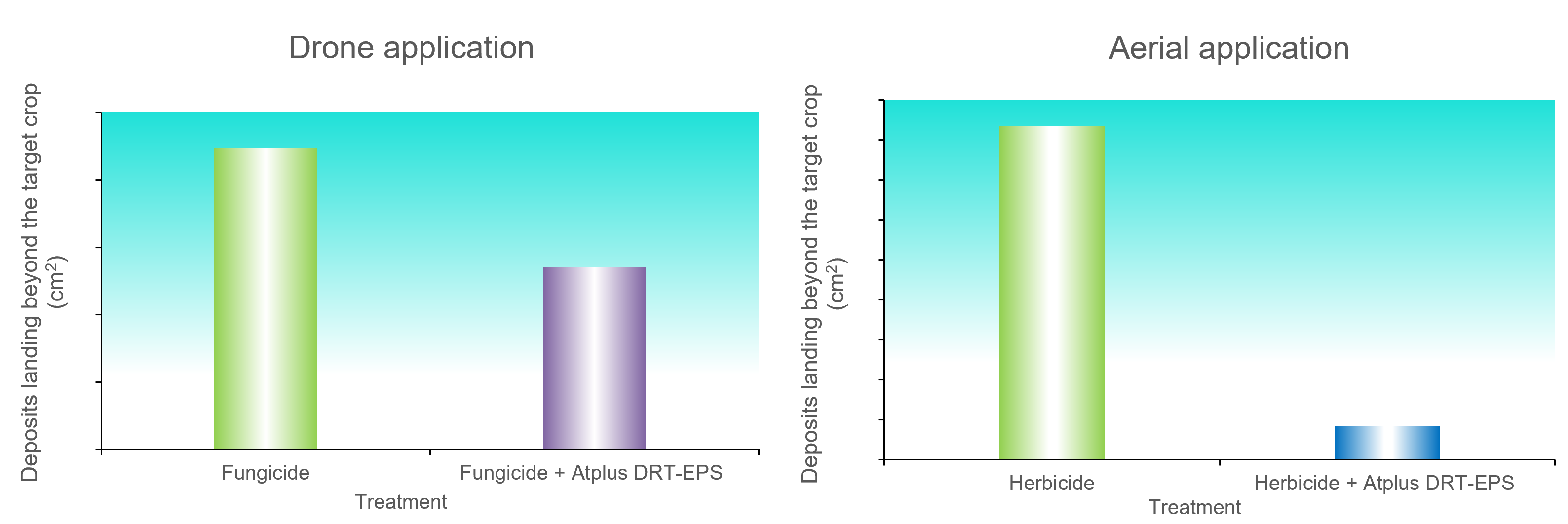Maximising accuracy: utilising drift reduction adjuvants for precise agricultural spray application

What are the factors behind spray drift?
Driftable fines is the term given to spray droplets under 105 µm in size and are most prone to drift, either during or shortly after spray application. Spray droplets need to be the right size to work effectively. The concept of ‘spray quality’ refers to the distribution of droplet sizes produced by the spray nozzle. Often, spray drift can be caused by numerous factors on application including wind speed, nozzle type, pressure settings, vehicle speed and height of spray application. However, the components of an agrochemical formulation can impact spray quality. Components such as non-ionic surfactants (NIS) can enhance biological efficacy and while this is highly effective, they also contribute to the increase in driftable fines.
Effective strategies to minimise spray drift
When it comes to reducing spray drift, a common strategy is to increase the overall droplet size through the choice of nozzle, as larger droplets are less likely to drift beyond the target. However, as spray droplets get larger, they are more prone to bouncing off the leaf surface, contributing to spray runoff and a decrease in crop coverage. Therefore, an effective option for formulators is to include innovative drift reduction adjuvants. These can be built-in to the formulation, or added tank-mix, to enhance spray quality and reduce spray drift.
Can Atplus DRT-EPS reduce spray drift from agricultural drones and aircraft?
We have new data which highlights the effectiveness of drift reduction adjuvants such as Atplus DRT-EPS to reduce spray drift when applied from agricultural drones and aircraft. Simultaneously combining the benefits of an NIS and drift reduction technology (DRT) into one convenient tank-mix product, the data below highlights the ability of Atplus DRT-EPS to reduce the amount of spray landing beyond the target crop when applied from both agricultural drones and aircraft:

If you’re a formulator looking for built-in drift reduction adjuvants, Croda recommends using Atplus DRT-100 which provides the same drift reduction benefits as Atplus DRT-EPS. Built-in drift reduction adjuvants can be incorporated alongside an existing NIS adjuvant to give the formulation a dual benefit of reduced spray drift with increased performance.
Are you interested in finding out more about using Atplus DRT-EPS to reduce spray drift? Or are you looking for built-in drift reduction technologies such as Atplus DRT-100? View product details, access supporting literature and request a sample by clicking below.
